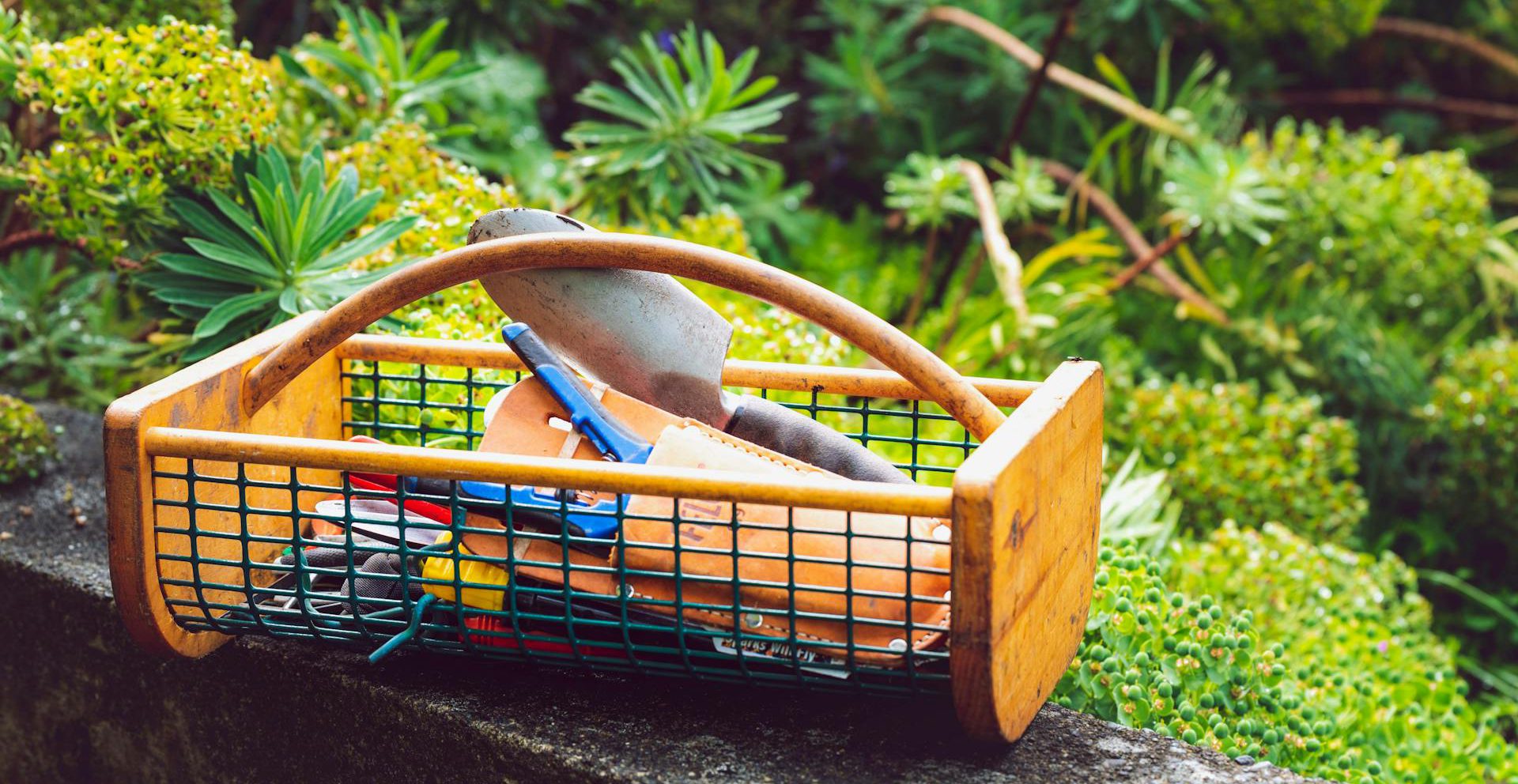Pruning is essential for the health and aesthetic of your garden, helping control plant size, remove dead material, and encourage lush, healthy growth. Here’s a step-by-step guide to effective pruning.
1. Understand Your Plant’s Growth Cycle
Before pruning, it’s important to understand when your plant blooms:
- Spring-flowering plants (e.g., lilac, forsythia) should be pruned after they bloom in spring. Pruning too early can remove flower buds.
- Summer-flowering plants (e.g., hydrangeas, butterfly bush) should be pruned in late winter or early spring before new growth appears.
- Evergreens and foliage shrubs like boxwoods can be trimmed almost any time but ideally in late winter or early spring.
2. Gather Your Tools
Using the right tools makes pruning easier and minimizes damage to your plants.
- Pruning shears for small branches
- Loppers for thicker stems and branches up to 1.5 inches in diameter
- Pruning saw for larger branches
- Gloves to protect your hands
Make sure your tools are sharp and clean to avoid tearing the branches.
3. Start with the 3 D’s: Dead, Diseased, and Damaged
Before you shape your plant, remove any branches that are:
- Dead: Cut these at the base, or back to a point where you see green growth.
- Diseased: Cut at least 6-8 inches below the diseased area to avoid spreading.
- Damaged: Broken or split branches can weaken the plant and are best removed.
Removing these improves air circulation and reduces disease risk.
4. Shape the Plant
Now that the plant is healthier, you can focus on shaping it:
- Base-heavy structure: To ensure sunlight reaches all parts of the plant, trim the top more than the base. A slightly wider base allows for even growth.
- Outward-facing buds: Always cut just above a bud that’s facing outward. This encourages new branches to grow outward, keeping the plant open and airy.
- Limit cuts on new growth: To keep the plant’s shape, only trim back about one-third of new growth.
5. Avoid Over-Pruning
Removing too much at once can stress the plant and lead to poor growth. Aim to:
- Trim one-third or less of the plant each season.
- Space out heavier pruning over a couple of seasons if the plant is overgrown.
6. Prune at the Right Angle
Make cuts at a 45-degree angle above buds or branches. Angled cuts help rainwater flow off, preventing water from pooling, which can lead to rot or disease.
7. Pruning for Flowering Bushes
Each flowering bush has unique pruning requirements:
- Roses: For most types, prune in early spring. Remove dead or weak wood and shape the plant, cutting just above an outward-facing bud.
- Hydrangeas: For varieties that bloom on old wood, avoid cutting back too much. For those blooming on new wood, like the panicle hydrangea, trim in late winter.
- Lavender: Trim lightly after flowering. Cut about one-third back, avoiding the woody stems to keep it from getting leggy.
8. Cleaning Up and Final Touches
Once you’re done pruning, collect all clippings and dispose of any diseased material separately to avoid spreading infections. Mulch around the plant base to retain moisture and suppress weeds, and water the plant if needed.
Final Tips
- Prune on a dry, mild day to reduce the risk of disease transmission.
- Take a step back every few cuts to check your work and keep your plant symmetrical.
- If you’re ever unsure, start with lighter pruning; you can always trim more as needed.
With these tips, your shrubs, bushes, and flowers will not only look well-shaped and neat but will also be healthier and more productive, making your garden a joy to behold! But if you’d prefer to leave this to the experts, simply visit Service Nest : Landscaping and Lawn Care, where you’ll find experienced professionals ready to help with all your gardening needs. Happy pruning!

